This single subject study was a first to look at individual muscle responses along with acceleration of the Core-Tex platform. Our long-term research goals are to validate the mechanisms and benefit to reactive training and reactive variability.
We would like to thank the team at AKI Movement Lab in Santa Barbara for their work on this project.
*Click on the box in the lower right hand corner to view in full screen.
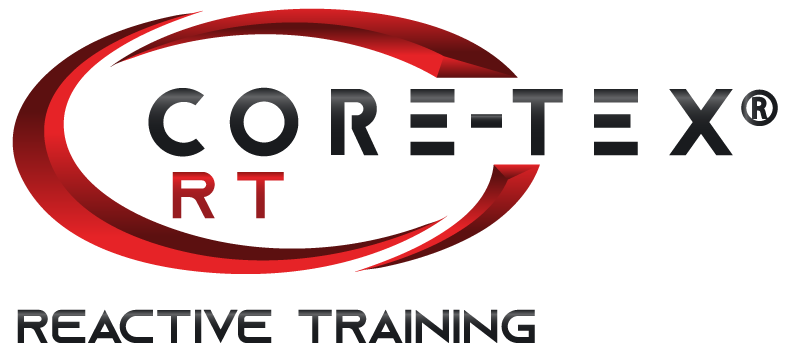
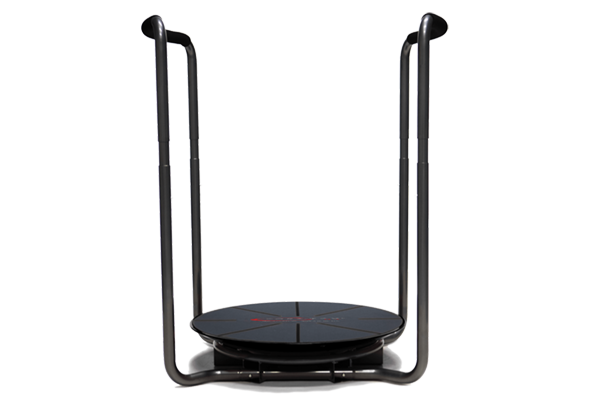
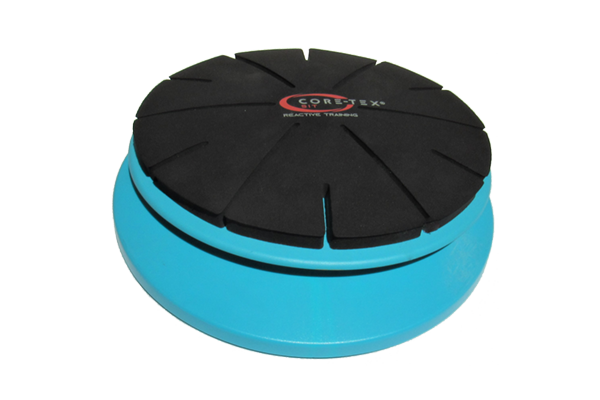
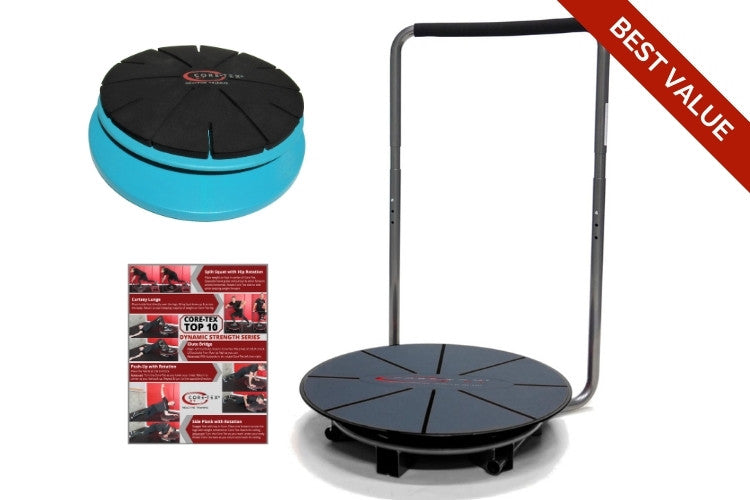

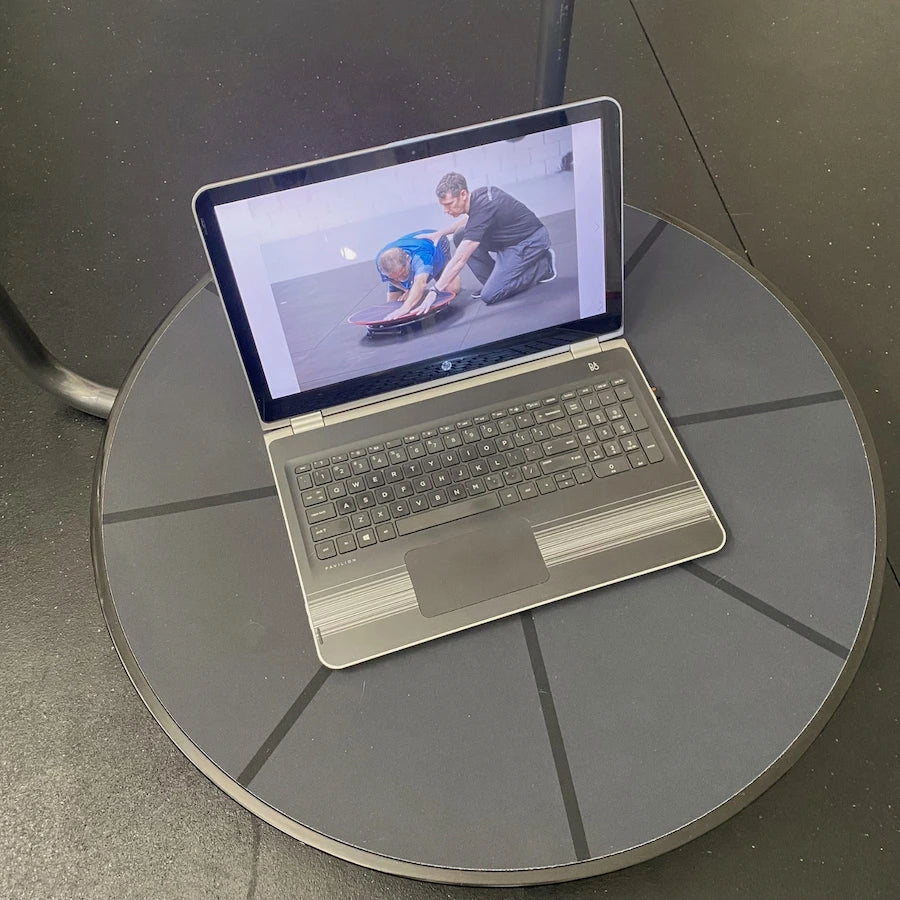
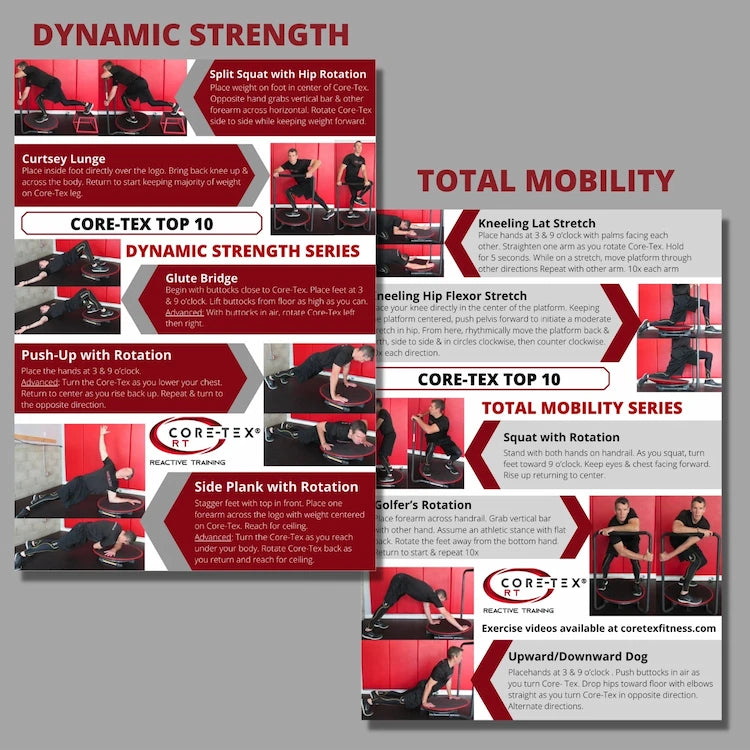
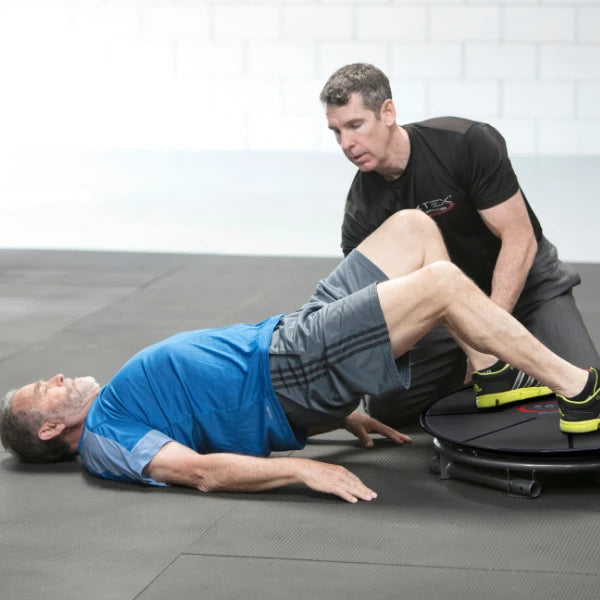
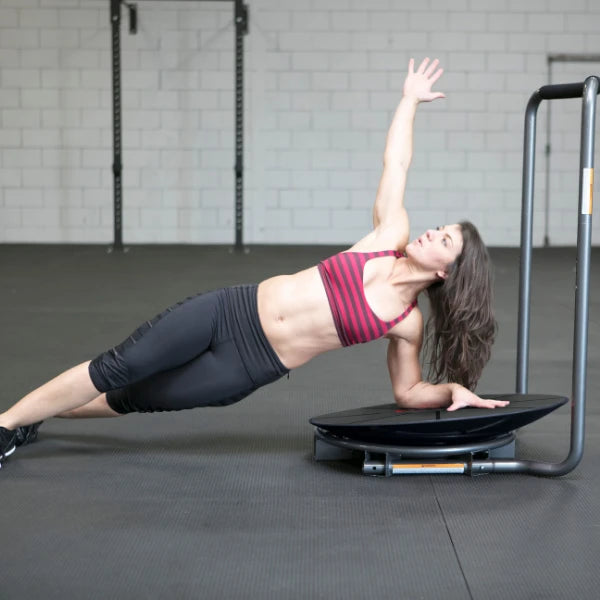
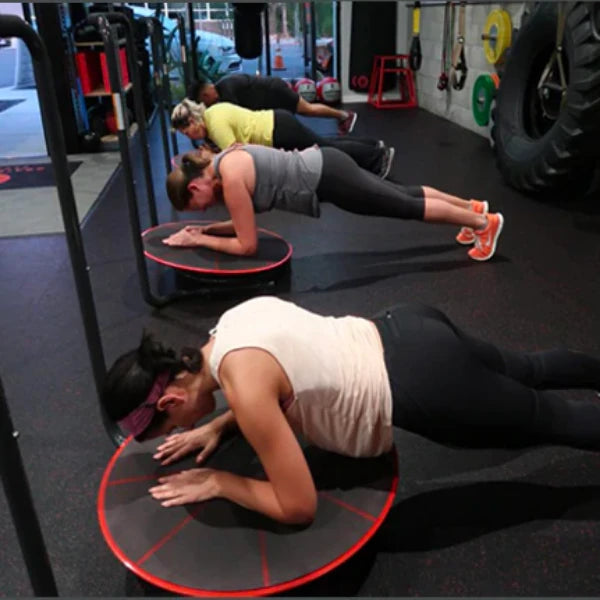
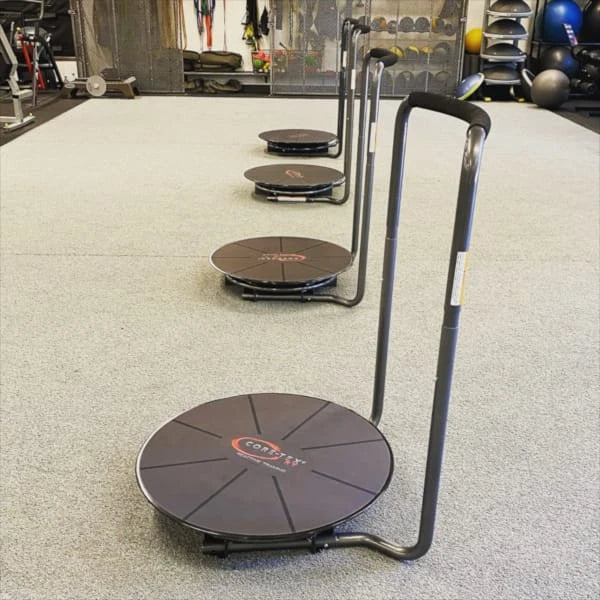
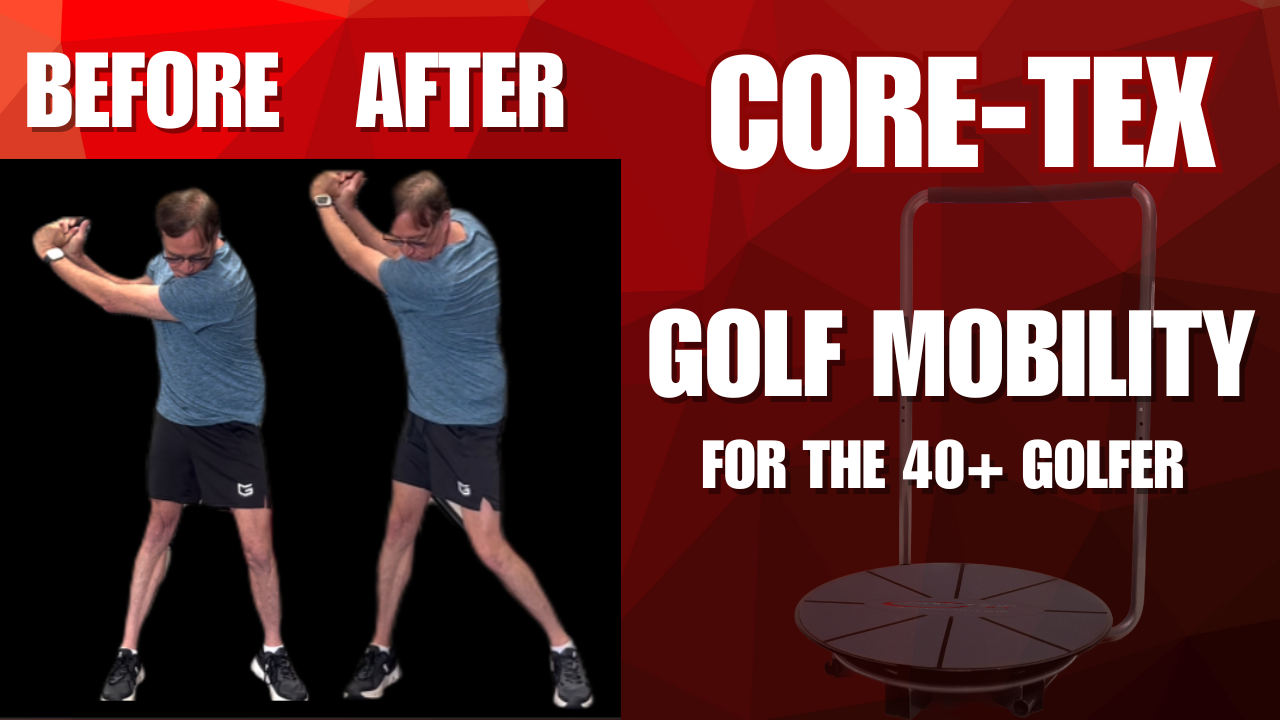
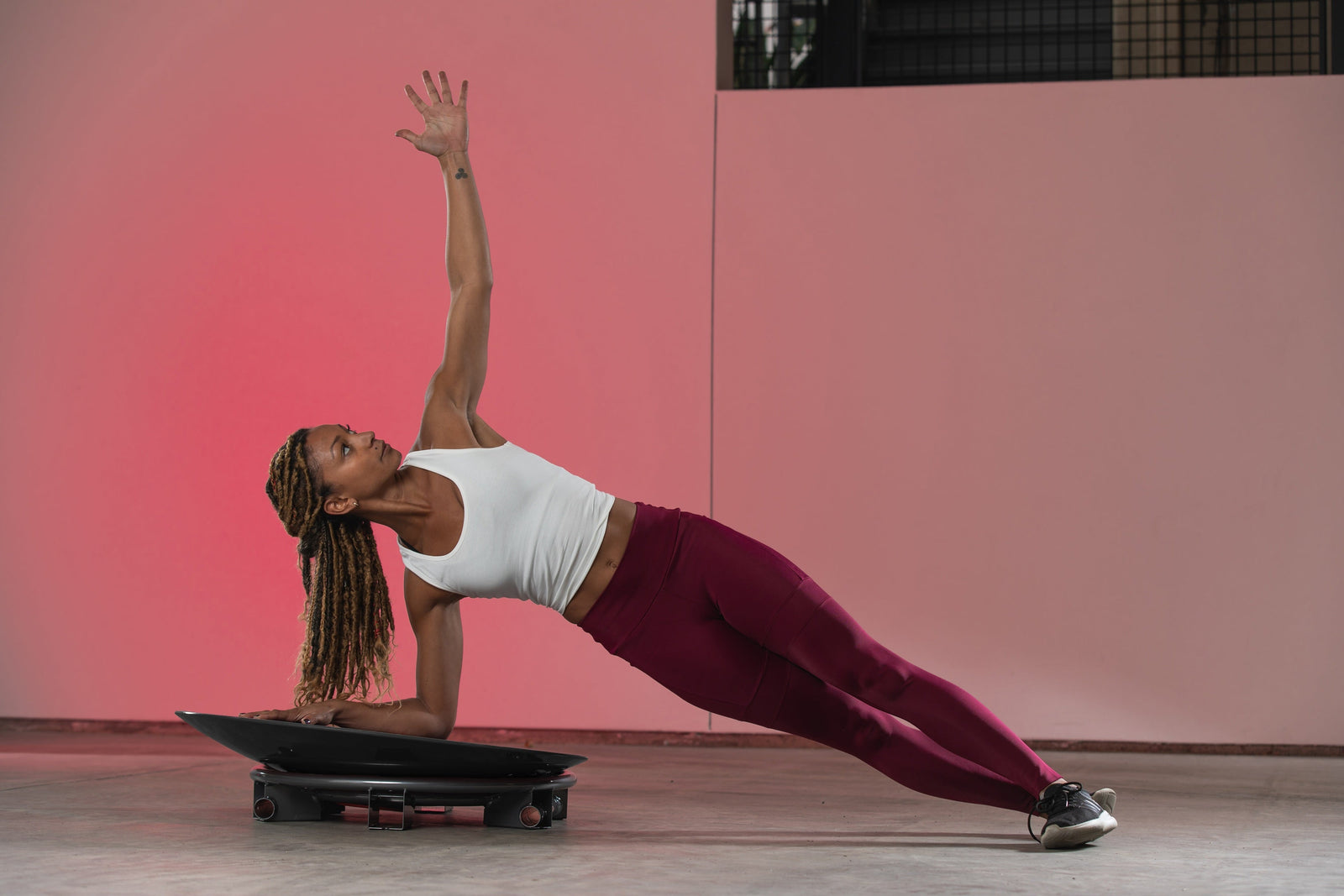

Alejandro Fernández Nieto
March 23, 2017
Hi, could you tell me which is the study’s name?
I have been looking for it, but I haven’t found anything,
thank you